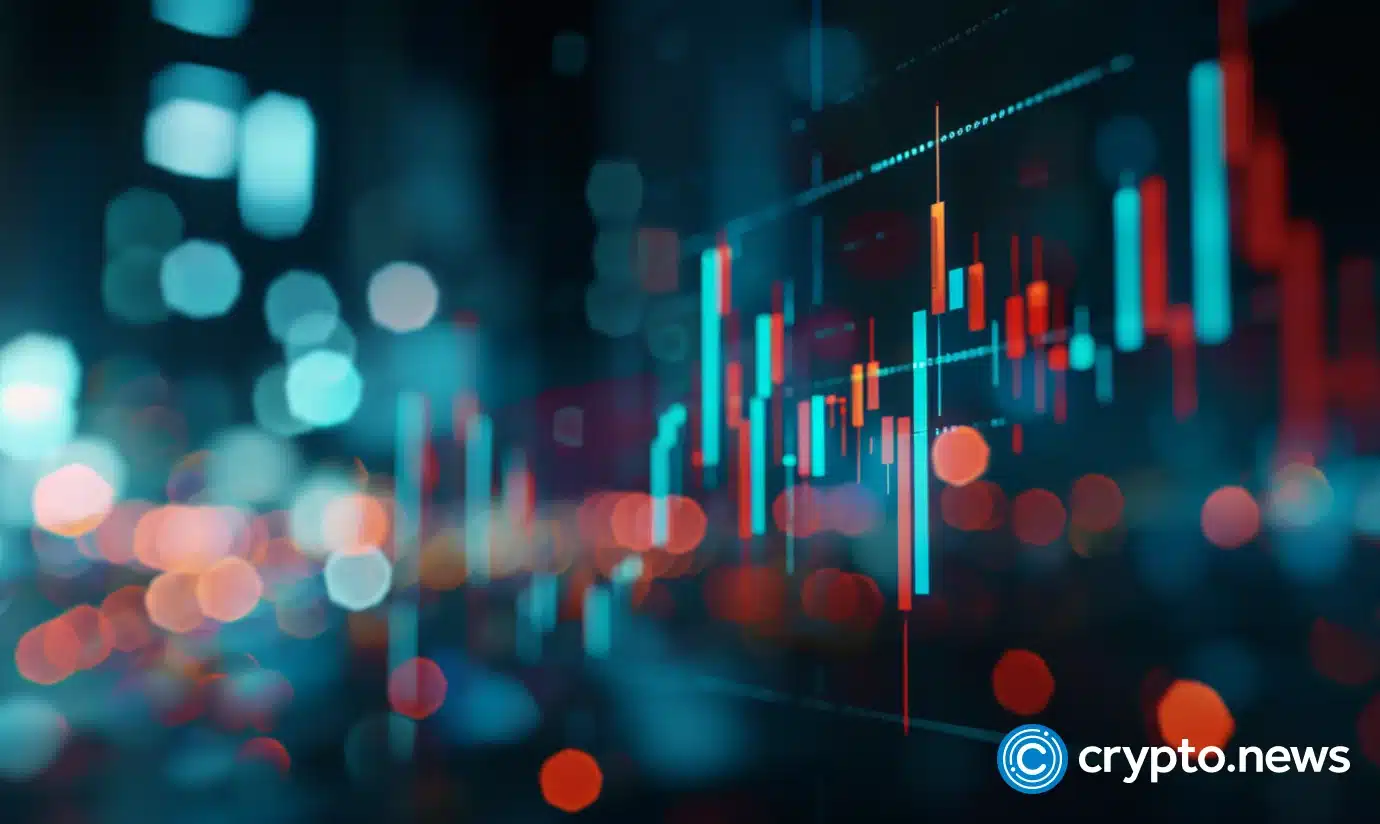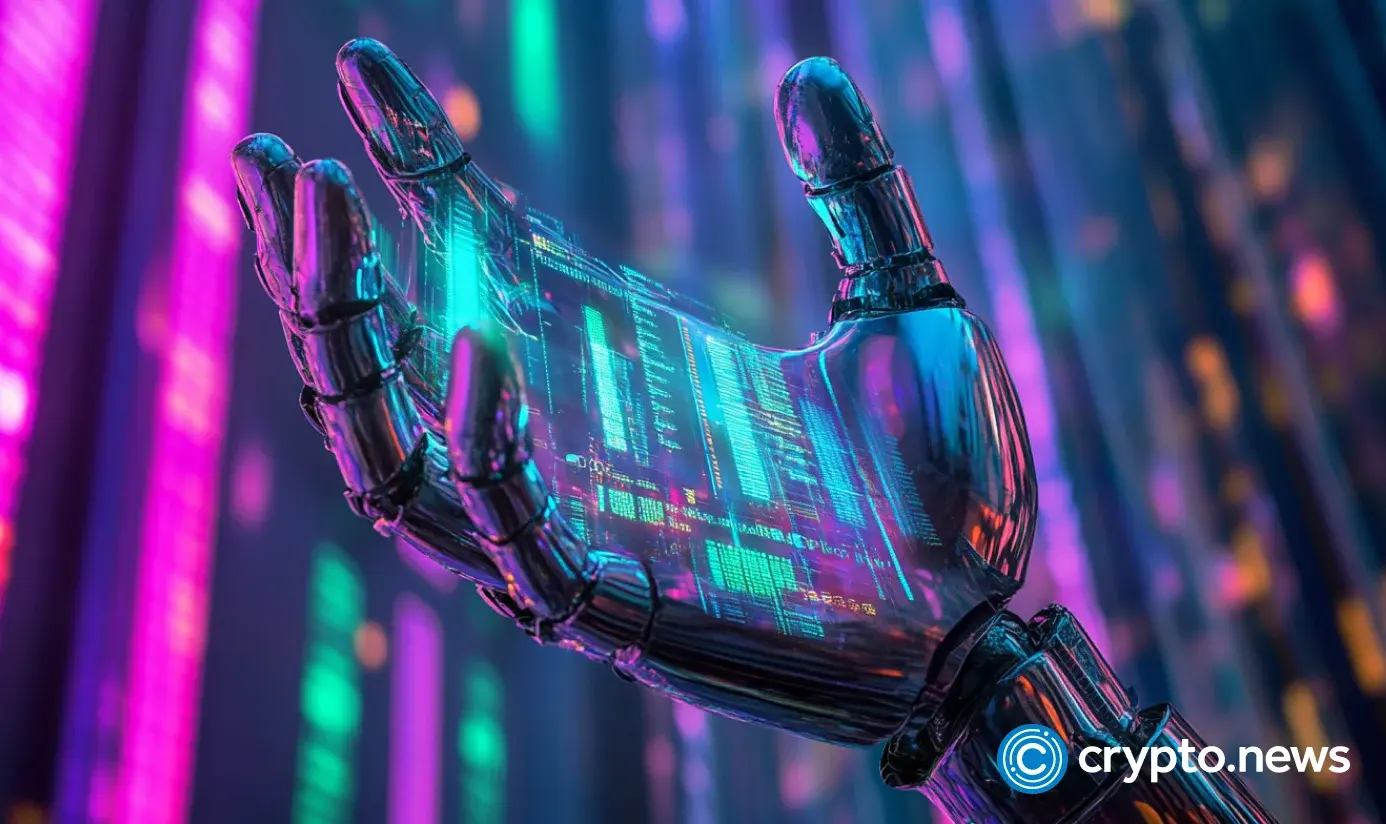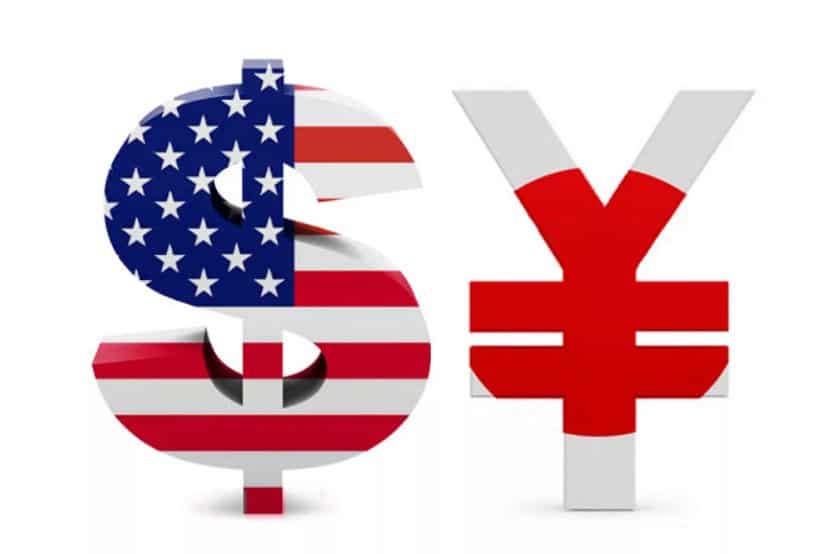These old-time generals had type (AI picture)
I consider that world central bankers are on the verge of creating a growth-wrecking mistake.
Generals all the time battle the final warfare and central bankers are going to proceed to battle the ghost of inflation, even because it turns into more and more clear that the inflationary menace is over and the larger danger is recession.
On Thursday, ECB chief economist Phillip Lane famous that corporations are telling them that wage pressures are coming down. Their wage tracker additionally exhibits a lot slower wage development in 2025 and 2026. There will not be any second-round results.
With the good thing about hindsight, it is going to quickly be clear that the past-pandemic inflation was a one-off good storm attributable to:
- Extremely-low charges, together with irresponsible ahead steerage
- Uncontrolled fiscal spending
- Provide shock
We mixed all three and all it bought was 9% inflation. All it took to quell it have been 5% charges.
Does that sound like a brand new inflationary regular, or a blip in a protracted disinflationary cycle?
US CPI yy
As an instance how insane the financial coverage was. That is what the Reserve Financial institution of Australia did:
- Minimize the Money Charge to 0.10%,
- Purchased $100b through QE over six months
- Pledged to purchase $5 billion of presidency bonds every week with a dedication to proceed till Feb 2022
- Focused 3-year word yields at 0.10%
- Guided to not mountain climbing charges till ‘not less than’ 2024
They actually weren’t alone as central banks the world over have been caught in an easing mania — they went ‘full nuclear’. Ten-year US word yields have been under 2% for 2 years and under 1% for a lot of that. It was free cash.
US 10 yr yields, weekly
It was the identical with governments. The US Paycheck Safety Program rip-off gave away $800 billion with minimal oversight. A lot of that went straight into the pockets of small enterprise house owners. There have been $850 billion in stimulus checks, adopted by one other $900 dose, enhanced unemployment advantages value $680 billion. Evaluate that to the monetary disaster, which licensed $700 billion in loans that really needed to paid again.
Lastly, an amazing supply of inflation through provide chains. All this cash and low-interest lending was going to customers who did issues like determine to renovate, construct fence and decks. Lumber costs went parabolic.
lumber futures, month-to-month
Provide chains have been wrecked in autos, laptop chips, shopper items, meat, metal and dozens of different locations.
But nonetheless: Simply 9% inflation.
I am not saying it wasn’t painful and I believe the lags in measuring issues like housing imply that inflation was extra within the 12-15% vary but it surely was a once-in-a-lifetime occasion.
But by some means central bankers are treating it prefer it was the beginning of a brand new regular. Compounding that madness is that we have seen the daybreak of generative AI up to now 20 months. That is undoubtedly deflationary, one thing I talked about yesterday with BNNBloomberg (close to the top):
I additionally wrote about it here.
When the financial historical past of the pandemic is definitively written, it is going to emphasize that it was a one-off occasion in a protracted, disinflatioary cycle that was worsened by central banks conserving charges too excessive for too lengthy.
I consider it is a uncommon second to lock in investments with excessive charges for a protracted period in the identical approach that the pandemic was a once-in-a-lifetime to lock in low borrowing charges.





